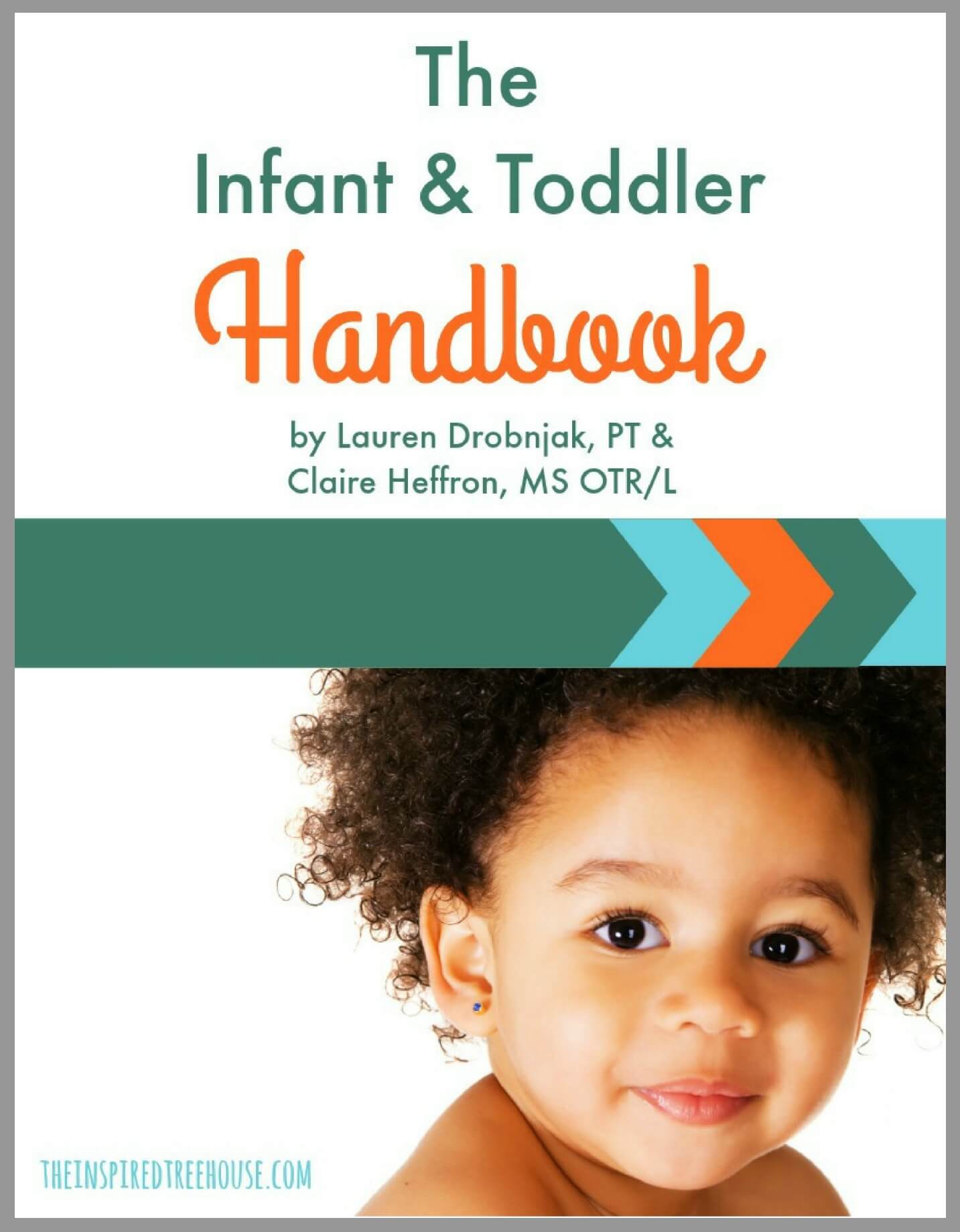Crawling Before Walking

Most babies start crawling before walking. This natural progression helps them develop the muscles and coordination they need for successful independent movement. What does the research say about this important milestone?
Many parents worry that their baby isn’t crawling, but it’s important to remember that all babies develop at their own pace. If your baby isn’t crawling, encourage them to keep moving and ask your pediatrician if you are concerned about your child’s development.
WHAT DO PHYSICAL AND OCCUPATIONAL THERAPISTS SAY ABOUT CRAWLING?
Crawling is an important milestone in a baby’s development. It helps them develop the muscles in their arms and legs, as well as improve their coordination. Crawling also gives babies a chance to explore their environment and develop their gross motor skills.
Many PTs and OTs work with babies to teach them how to crawl. Some babies may start crawling as early as six months old, others may not start crawling until they are 10 or 11 months old, and some may never crawl at all.
Here’s what occupational therapists say about crawling and its importance:
Crawling helps to develop baby’s muscles and coordination.
When babies crawl, they use their arms and legs to move around the room, which helps to improve muscle strength and balance in these limbs. In addition, crawling helps to improve the babies’ coordination as they learn to use their arms and legs at the same time in a reciprocal pattern. This is the early stages of bilateral coordination.
Crawling also helps baby to develop their sense of space.
As babies move around crawling, they start to develop a sense of space. They learn about the distance between objects and how to navigate around obstacles. This is an important skill as it helps them to become more independent and mobile.
Crawling is a precursor to other skills.
Crawling is also a precursor to other skills such as standing, and walking. As babies learn to crawl, they are also preparing their bodies and their core muscles for these other milestones.
When the babies weight bear through their hands, arms, and shoulders, they are preparing the fingers and thumb for fine motor tasks too!
Crawling helps babies learn about their tactile system.
As babies crawl around the room or outdoors, they feel different objects that are soft, hard, bumpy, smooth, etc. and they process that sensory information.
Crawling is an important milestone for babies, not just because it’s a cute stage of development, but because it has real benefits for their physical and cognitive development.

The Infant and Toddler Handbook
WHAT DOES THE RESEARCH SAY ABOUT CRAWLING BEFORE WALKING?
Researchers took a closer look to investigate the impact of crawling before walking in seven-year-old children and the association with body composition, the cardiovascular system, lung function, motor competence and physical fitness.
The study included 77 healthy school age children in a longitudinal retrospective case-control study.
Each participant was evaluated at school for body composition, cardiovascular system, lung function, motor competence (Canadian Agility and Movement Skill Assessment), and physical fitness (included cardiovascular testing and upper and lower body muscle strength testing).
Physical activity was determined with accelerometers for seven consecutive days. Parents answered a crawling questionnaire at the beginning of the project.
RESULTS OF THE STUDY ON CRAWLING BEFORE WALKING
After data analysis, the researchers concluded that:
- children who crawled before walking showed a higher number of interactions among variables assessing body composition, cardiovascular system, lung function, motor competence and physical fitness and activity, in comparison with children who did not crawl.
- over time, previous crawlers had lower fat mass, higher levels of muscle mass compared with fat mass and lower systolic blood pressure.
The researchers concluded that crawling before walking might be a possible moderator in the network interaction between body systems and affect anthropometric and cardiovascular measures at 7 years of age.
REFERENCE
Cazorla-González, J., García-Retortillo, S., Gacto-Sánchez, M., Muñoz-Castro, G., Serrano-Ferrer, J., Román-Viñas, B., … & Prats-Puig, A. (2022). Effects of Crawling before Walking: Network Interactions and Longitudinal Associations in 7-Year-Old Children. International Journal of Environmental Research and Public Health, 19(9), 5561.
RELATED POSTS
Did you know that there is an association between babies who do not crawl and risk perception? Read about the research on crawling and risk perception.
The visual input changes for babies when they are crawling versus walking. Read more here.
Recently, the CDC removed crawling from their list of developmental milestones. Read why some of the experts disagree.

Play – Move – Develop
Type: Digital



